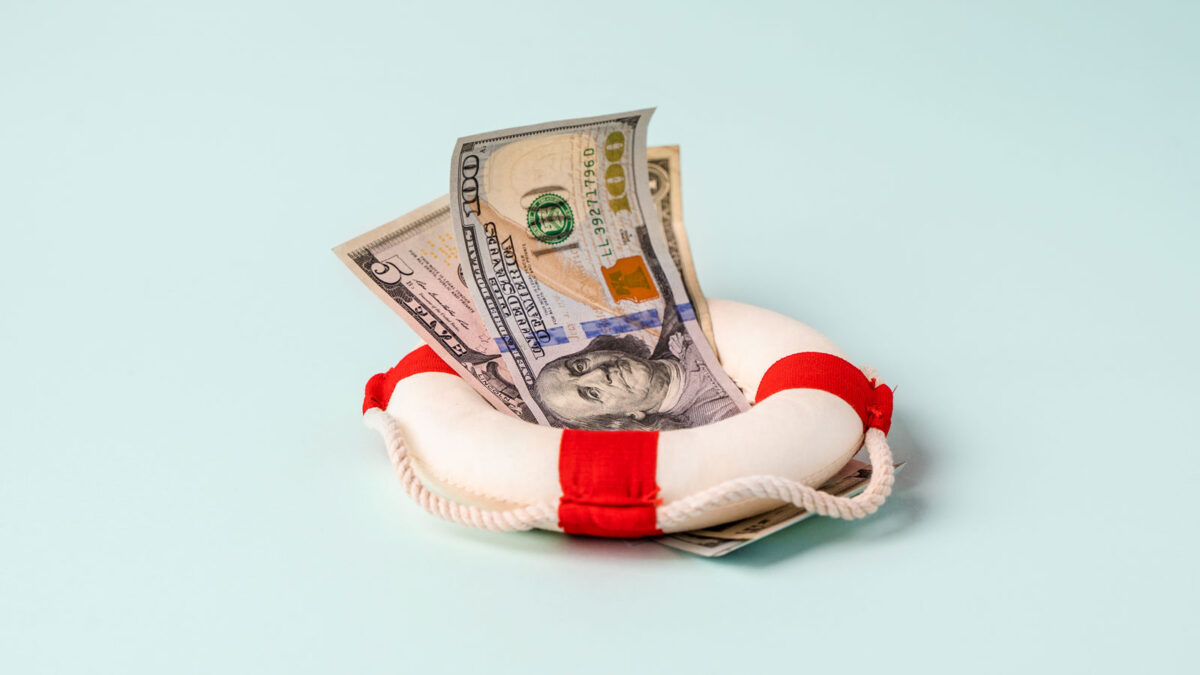Owning a home is a dream for many, but it comes with a significant financial responsibility — the monthly mortgage payment. Unfortunately, unexpected financial hardships can occur, making it challenging for homeowners to meet these obligations. As your mortgage partner, we want to help you stay on track with your financial goals. We’ve interviewed University of Houston’s Dr. Daniel Perez Liston for tips to help you proactively manage your finances and avoid late and missed mortgage payments.
According to Dr. Perez Liston, one of the most critical financial tools for homeowners is an emergency fund. He emphasizes that life is unpredictable, and unforeseen circumstances can lead to job loss, health emergencies, or other unexpected expenses. An emergency fund serves as a financial safety net during these times.
Why is it essential for homeowners to have an emergency fund, and how does it directly impact their ability to meet mortgage payments during unforeseen circumstances?
Dr. Liston: An emergency fund is crucial because life can be unpredictable. You may have a stable job and income, but unexpected emergencies like job loss or health issues can disrupt your financial stability. Having an emergency fund acts as a financial cushion during these times. Experts typically recommend saving between three to nine months’ worth of living expenses.
What practical steps can homeowners take to start building an emergency fund, and how much should they aim to save initially to cover potential mortgage-related emergencies?
Dr. Liston: Saving three to nine months of living expenses can seem challenging, but it’s all about taking the first step. Here are practical steps to start building your emergency fund:
Create a Budget: Begin by assessing your finances, including your income, expenses, and savings goals.
Set Realistic Goals: Start with a specific savings goal, such as one month’s worth of expenses, and gradually increase it.
Automate Savings: Set up an automatic transfer from your checking to a dedicated savings account each month for consistency. Some employers offer the option to automatically deposit a portion of your paycheck directly into your savings account.
Cut Unnecessary Expenses: Review your spending and identify areas where you can cut back to free up more money for your fund.
Windfalls and Bonuses: When you receive unexpected windfalls or bonuses, consider putting a portion into your emergency fund.
Stay Consistent: Building an emergency fund takes time. Stay committed, and over time, you’ll reach your goal.
Protecting Your Mortgage: To safeguard your home in the event of an emergency, having a separate portion of your emergency fund dedicated to mortgage-related expenses. This helps to ensure that you have sufficient funds to cover your monthly mortgage payment, even if you face financial hardship.
In sum, an emergency fund is a powerful tool that can offer homeowners peace of mind during uncertain times. Setting realistic goals and automating deposits into the fund helps homeowners successfully build this financial safety net and protect their homes from unforeseen financial challenges they encounter during their loan term.
It’s never too late to start building your emergency fund. Financial security is within reach with the right strategy and commitment!
Dr. Daniel Perez Liston is an assistant professor of finance at the University of Houston-Downtown. Perez was a tenured, associate professor of finance at the University of St. Thomas-Houston prior to joining UHD.
For educational purposes only. Please contact your Cornerstone Loan Officer or our Direct Lending team for specific guidance.

